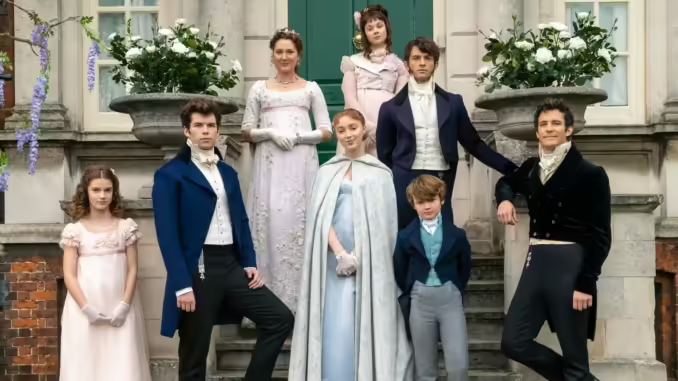
Even as the show continues to dominate the TV rankings on Netflix, it’s difficult to work out exactly what Bridgerton’s aims are as a show beyond being a romance. Each season of the series follows another member of the Bridgerton family as they find love with the rest of the family playing supporting roles. The romantic storyline of the show, however, is also threaded with political and socioeconomic commentary without going in depth with either.
The show has a fun energy, perhaps, that contributes to the addictive quality of the show and the fact that it has an overall 95% fan approval rating, according to Google. But then it becomes clear the show also takes itself seriously and aims to assert political interests, and things get messy. It’s undeniable that Bridgertion is massively entertaining: the romances, the bright, enthusiastic settings, the family drama. But amidst the dazzling glamour and gossip, some substantial flaws of the show wedge a crack in its foundation, causing the viewer to get a little lost about what, exactly, the show is trying to say.
The Race Issue
The show is notable for seemingly leveling the playing field when it comes to race, that is, until about halfway through the series when Lady Danbury randomly slips in a quick summary of why race relations are the way they are–which is seemingly nonexistent. In an eight-episode show with each episode nearing almost an hour, the matter of race gets about two minutes of screen time in the flagship series. Queen Charlotte touches on the Great Experiment a bit more.
If, as Lady Danbury asserts, Black people had only begun to be accepted in society as recently as her own generation, they would not be living in the colorblind world that Bridgerton parades. Rather than have meaningful conversations about the process of moving away from racism, or actively choosing to ignore it, the show chooses to sweep the issue under the rug.
Eloise’s Naïvety
Eloise is the younger sister who serves as the foil to Daphne’s sweet, conventional persona in the first season. If Daphne tries to work within the limits of the world she is given, Eloise spends her time hollering at anyone who will listen about the injustices of a male-led society. She could be a more interesting character, but she is made to be ridiculous and silly in a way that undercuts her ability to be taken seriously by the audience in the first season.
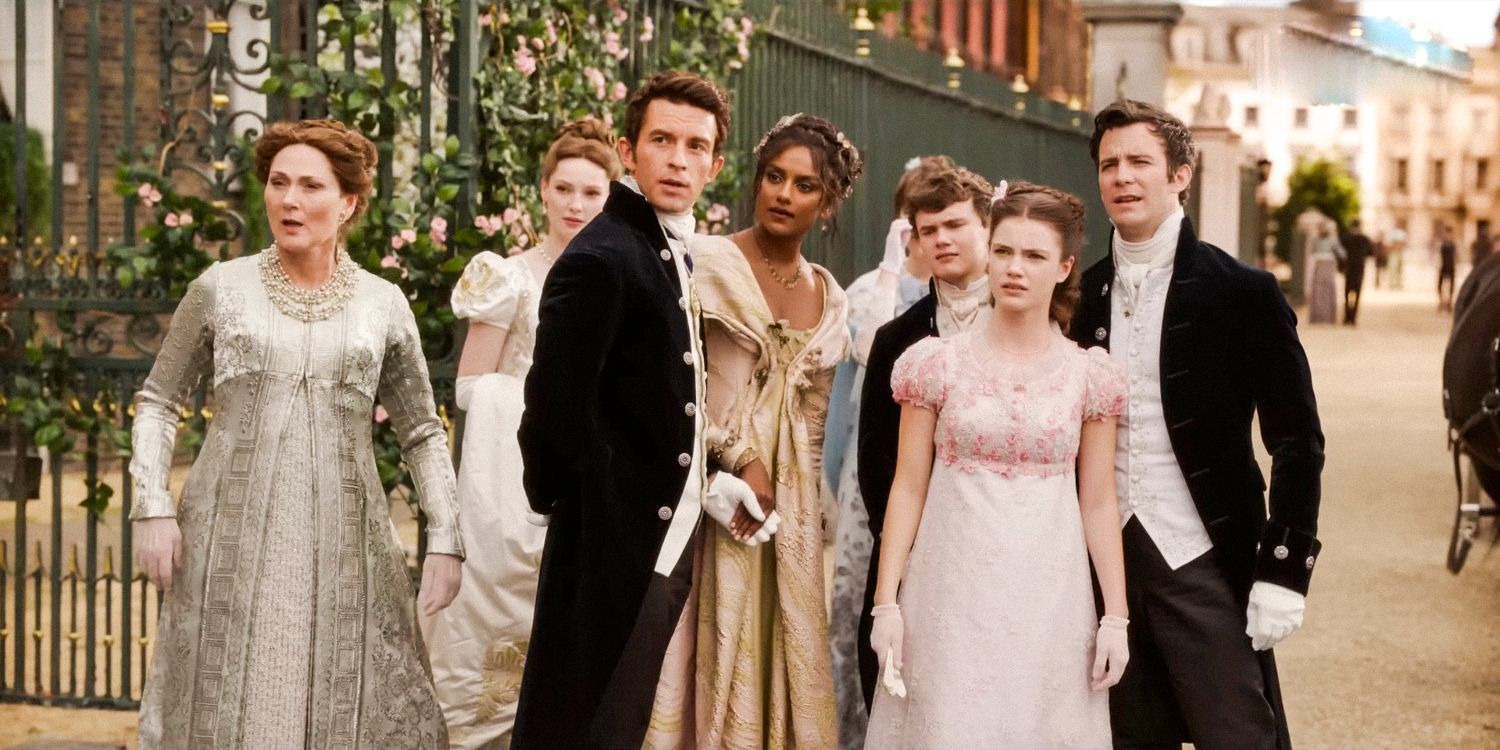
For all of Eloise’s soapboxing about feeling trapped, Eloise doesn’t understand her privilege at all. In one memorable moment, she encourages a group of debutantes to simply not marry the men their mothers pick for her, which they all balk at. It’s important to note that Eloise doesn’t understand that not everyone’s mother is Violet Bridgerton, but it’s also important to note the young women she is speaking to. All of the other ladies are young women of color. Either it’s a coincidence, or more commentary on racial inequity in the series that is being swept aside.
The Timeline Inconsistency
The brief spotlight that the issue of race gets in the show consists of Lady Danbury casually explaining all the modern-day perfect peace away as a result of the current (white) king having fallen in love with the current (Black) queen. This explanation, even while overly tidy, might still work, if not for the fact that a romance that the timeline simply wouldn’t allow for things to be as socially advanced as the show illustrates.
It certainly doesn’t explain how Simon Hastings (a character with some of the funniest quotes in Bridgerton,) played by Regé-Jean Page, came to inherit a massive estate that is implied to have been passed down for generations from Lord Hastings. If people of color were only granted titles and estates in the Queen Charlotte series as is shown there, how did the Duke of Hastings inherit his estate? Bridgerton and Queen Charlotte seem to contradict one another.
The Uneven Approach To Regency Rules
One of the things the audience is reminded about often and loudly in the first season of the show is that the young ladies of the ton have very specific rules to follow. Marina is ruined for breaking them, Daphne is nearly ruined for breaking them, and the threat of being forced into a marriage for making one mistake lingers. These rules of impropriety, however, seem to not apply to other couples of the show.
Take Colin Bridgerton and Penelope Featherington’s interactions before they are ever paired up in season 3. Colin frequently takes her hand or takes her to areas of a home during a ball that are unchaperoned and she is never reprimanded for it. While it could be swept away as her being unnoticed and a wallflower, it’s hard to imagine that no rumors swirled about the two when he took her arm and pulled her from the middle of the dance floor in season 2 to talk to her alone. The series either has to utilize the Regency era rules or at least call out the characters within the narrative who do not.
The Toxic Romanticization
Many a films and show push the message that as long as a romance is full of passion and lust, it must be full of love. Although in Bridgerton there are plenty of great relationships for various reasons, it’s hard to ignore the fact that one of the greatest things emphasized in Daphne and Simon’s relationship is their sex life, and their seeming inability to resist one another.
Much of this comes about because the Duke is the first person to really teach Daphne about sex and her own body because Violet was too embarrassed to attempt to prepare Daphne for a wedding night, let alone anything else related to a physical relationship. This harkens to other toxic romances such as those in Fifty Shades Of Grey and Twilight, where passion often trumps health and reason.
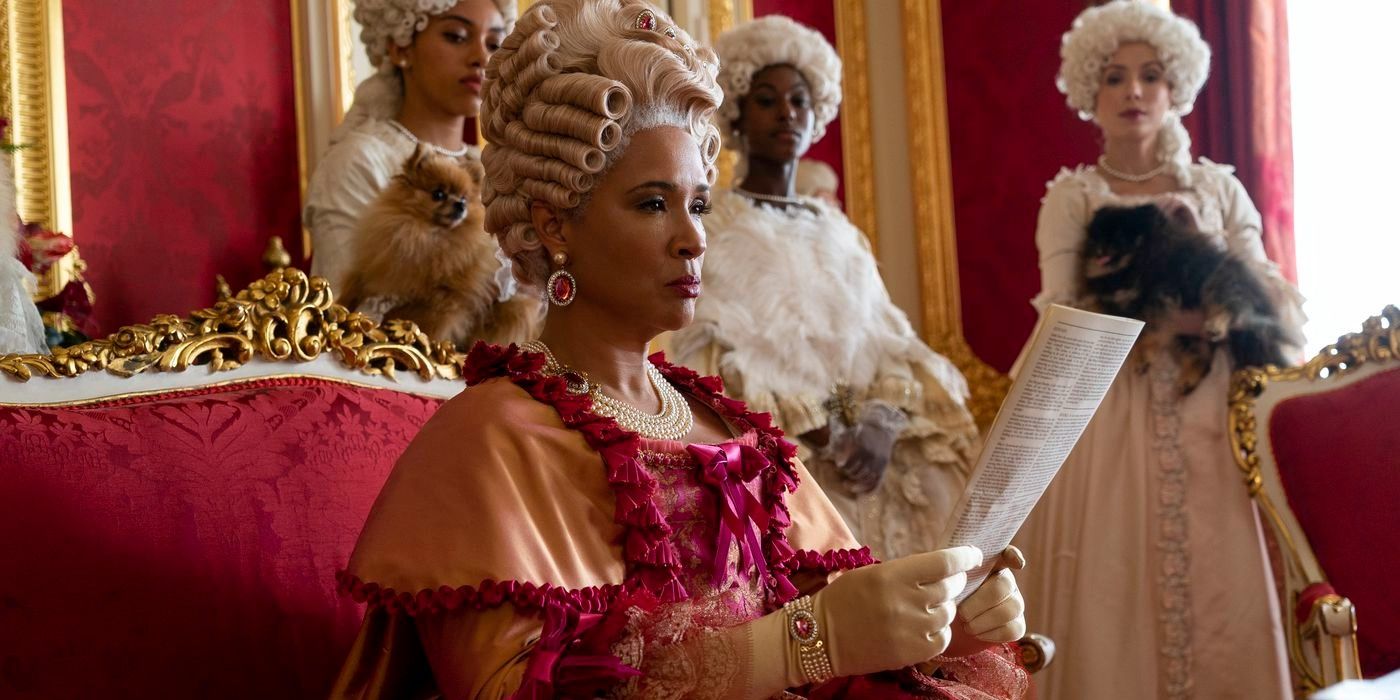
The Obvious Plot Device
Bridgeton is rife with material that engages the viewer and keeps them clicking that “next episode” button, but that doesn’t mean it’s doing anything all that original. The main plot of the two people who form a feigned romantic attachment out of convenience in the first season and–surprise–end up falling in love, is a commonly used device. Luckily, the show has enough going on that viewers can distract from the obviousness.
It’s also lucky that the particular plot device associated with romance changes each season. Each season uses a different trope (enemies-to-lovers in season 2, friends-to-lovers in season 3, and arranged marriage in Queen Charlotte, for example) to push the story forward, which allows the viewer to overlook some of the more blatant plot devices in favor of honoring the genre.
Penelope’s Character Contradictions
Some viewers might realize who Lady Whistledown is within a few episodes of the show, and others might not be enlightened until the reveal at the end. Either way, once it becomes apparent that Penelope, played by Derry Girls’ beloved Nicola Coughlan, is Lady Whistledown, the viewer can compare the character to the words they have been hearing narrate the show all along, and they might realize that the two don’t quite go together.
Penelope is a young girl who is shown to be rather naïve and innocent, as made apparent at the moment Marina is forced to tell her off for her immaturity. Such a character writing the clever, all-knowing social observations of Lady Whistledown (who has some of the best quotes in Bridgerton) might not add up for some viewers. There is too much of a disconnect between the two.
Daphne Always Accommodating Simon
For a show that attempts to assert its heroine as a self-aware voice of the female struggle in the first season, it’s a bit contradictory that the writing consistently puts Daphne at the feet of Simon, effectively shaping her world to his when things go wrong. She is the one who twists herself into someone she might not always be comfortable with in order to keep Simon happy.
While it could be said that it’s a step forward to have a woman encouraging a man to accept himself versus the usual trope of men saving insecure women, it’s also possible to see Daphne’s ultimate pitying of Simon as yet another instance of women putting men’s concerns before their own. Ultimately, seasons 2 and 3 allow the heroines of the season to move beyond this as they don’t immediately attempt to do anything and everything to keep the male love interests happy.
The Under-Developed Class Relations
Every once in a while the show will drop in a little instance of class conflict or offer a small window into the world of the people downstairs. This occurs when it’s implied that Rose is Daphne’s friend and confidante, not just her lady’s maid. It’s also seen when the Mondrich’s provide a contrast to the Bridgertons – but then end up living on an estate and holding a title because of a relative in season 3.
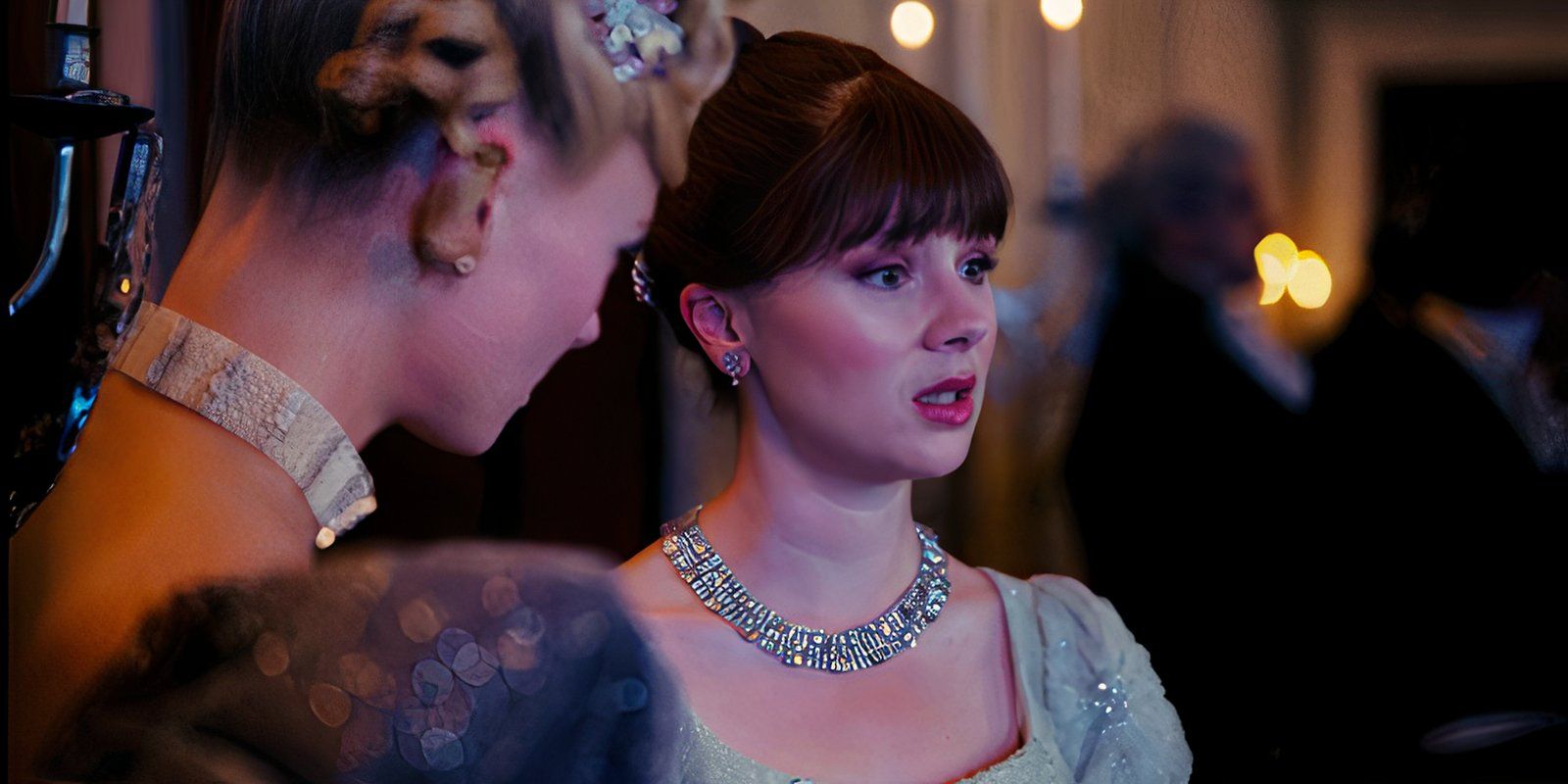
However, this adds up to very little considering the fact that almost all of the show takes place upstairs, in the world of the elite. At best, the tidbits about the lower classes feel like an obligatory mention. Giving the servants just enough voice to make apparent their real struggle in the face of the elite’s trivial concerns, and then giving all the screentime to those concerns, mostly serves to pour salt in a wound.
Weak Queer Inclusivity
Benedict Bridgerton is teased to be the show’s leading gay character when his eyes are opened in the artistic community, but this possibility never manifests. Instead, viewers are offered an occasional side character as the sole representative of the queer community. And, amidst a slew of intense, detailed heterosexual sex scenes, a mere blink into the world of gay sex through the literal opening and closing of a door.
Queen Charlotte did feature a same-gender couple, but without any explanation in the series of how they go their separate ways or what happens to them decades later. While new showrunner Jess Brownell has said there are plans to feature queer main characters among the cast, the show has only teased at the possibility (potentially with Benedict in season 1, and again with Cressida in season 3).
Half Utopia, Half Not
The political interests of the show are highly selective, making the world seem like a place of racial utopia but a gender dystopia, with a smattering of LGBTQ+ and class issues. It’s made clear that being queer is against the law, that women can be completely ruined thanks to a rumor, and that it’s impossible to move up a social class without marrying into money or inheriting a title, but the series wants to gloss over much of that to focus on the balls and the romance.
The show could have taken the path of a light-hearted period drama with fun modern influences, pegging itself as the ultimate escapist, inclusive happy-binge, but with the politics all over the place, fans are left feeling a bit torn between the different worlds of the show.
There Are Too Many Characters
When the eight siblings of the Bridgerton family are introduced in season 1, it’s abundantly clear that the show is more of an ensemble piece. Each season focusing on a different sibling means that there is still time to get to know the youngest Bridgertons before the show gets to their story. That being said, there are still way too many characters in the show for the writers to keep up with – and they keep adding more.
Characters like the prince in the first season, Madame Delacroix, Lady Tilley Arnold, and Lord Alfred Debling are all created for the show. While Madame Delacroix has remained a consistent supporting character since the start, the others have not. These secondary characters don’t have a chance to be fully developed beyond being a love interest for one of the main characters because there are simply too many characters having to participate in the different storylines.
Characters like Benedict Bridgerton, one of the eldest siblings, end up getting sidelined as more characters keep being added to the show.
The Double Standards For Relationships
While it’s very clear that the characters of the ton have a very strict set of rules that they have to follow in order to be part of the social scene and not be ruined, it’s also very clear that the show could break some of the Regency era rules if it really wanted to. After all, there is the “great experiment” that allows for people of color to be more prominent members of society and even members of the ruling class. That being said, there is a clear double standard when it comes to the relationships of the main romantic couplings of the season.
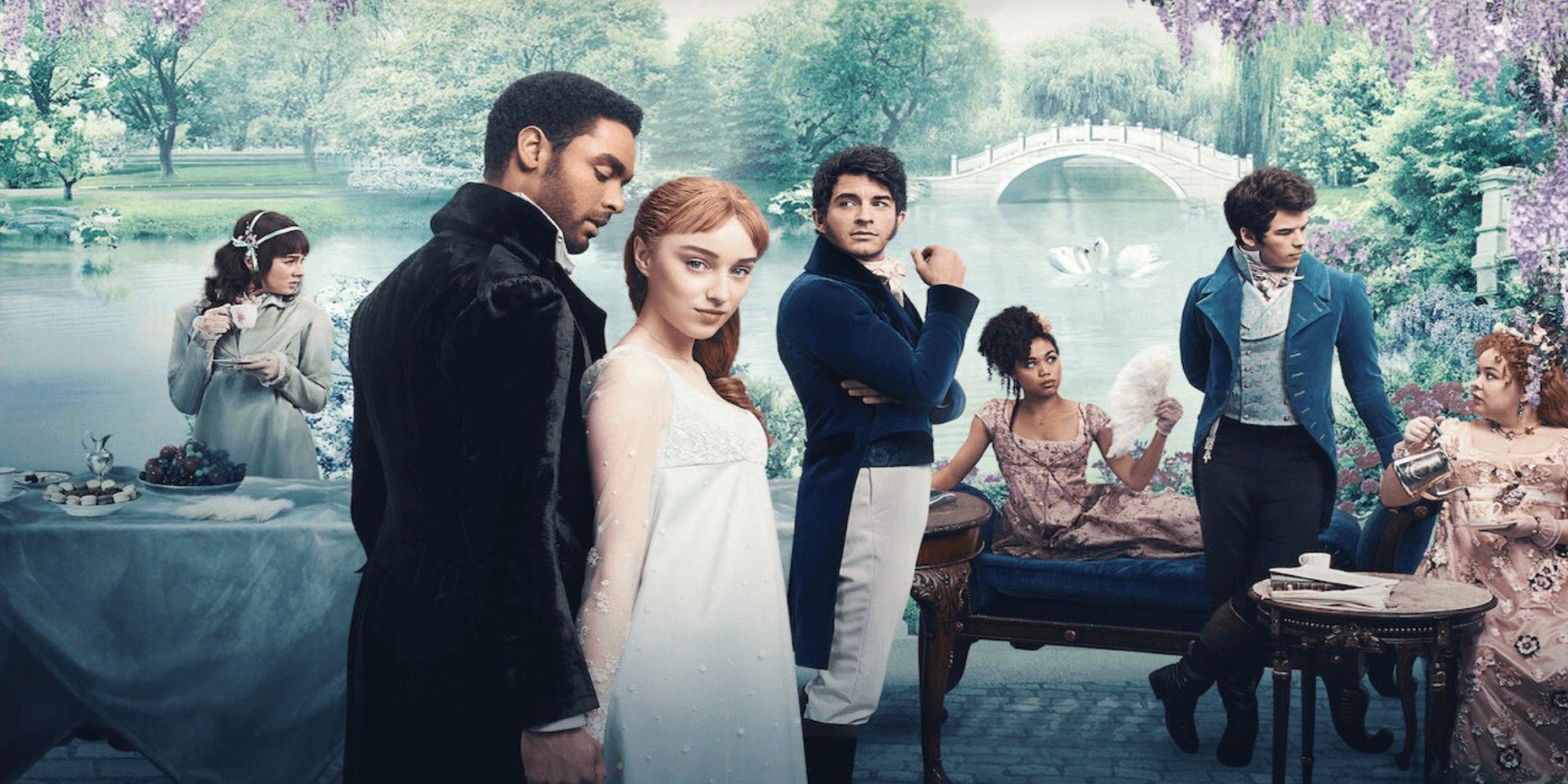
The men of the main couples in the series are all encouraged to explore their options, and even to have relationships before they settle down. Simon and Anthony are both rakes before they marry. Colin attempts to emulate that behavior as well. It seems unfair that the women of the show are not encouraged to explore their options as well, even in a less explicit way. When Daphne has multiple suitors in the first season, her mother isn’t happy about it, wanting Daphne to pick someone to get serious with instead.
Anthony treats Daphne the same way but encourages Colin to head to the brothels when he falls hard for someone for the first time.
Lady Whistledown Is Used Like Gossip Girl
It’s easy for the audience to get whiplash when going from the kind and mild-mannered Penelope Feaherington and her acerbic writing alter ego. Book fans will be more aware of this aspect of the show being a disconnect because Lady Whistledown is actually treated very differently in the books compared to the show.
In the novels on which the Netflix series is based, Lady Whistledown is not quite as biting or as indiscriminate as she is in the show. While in the series Lady Whistledown reports all of the gossip she hears, no matter who it is about, and she takes out her own anger in her society pages, that’s not how Penelope operates in the novels. Instead, she targets those in the ton who treats others badly, effectively using her society pages to level the playing field for the members of society.
The show tries to soften Lady Whistledown slightly in season 3 by having one of the first pages of the season talk up each of the young women making their debut, but it doesn’t have the same effect as it does in the novels, which is why it feels like the Lady Whistledown identity is a hole Penelope cannot dig her way out of in the show.
The Series Doesn’t Have Enough Episodes
Fans often want to see more episodes of their favorite show, and in some cases, more episodes doesn’t always serve the story. Each season of Bridgerton has eight episodes. This isn’t unusual for streaming series, limited series, or cable series, for that matter. With Bridgerton, however, that number of episodes doesn’t seem to be enough to pace the storylines out properly.
Like there being too many characters, shorter episode numbers means that not all of the characters get fully showcased and all of the subplots to the main storyline don’t get fleshed out. With a small number of episodes, the show has to streamline its main story points, and it doesn’t get to do that when it’s also trying to make room to tee up so many romantic storylines for the future of Bridgerton.
